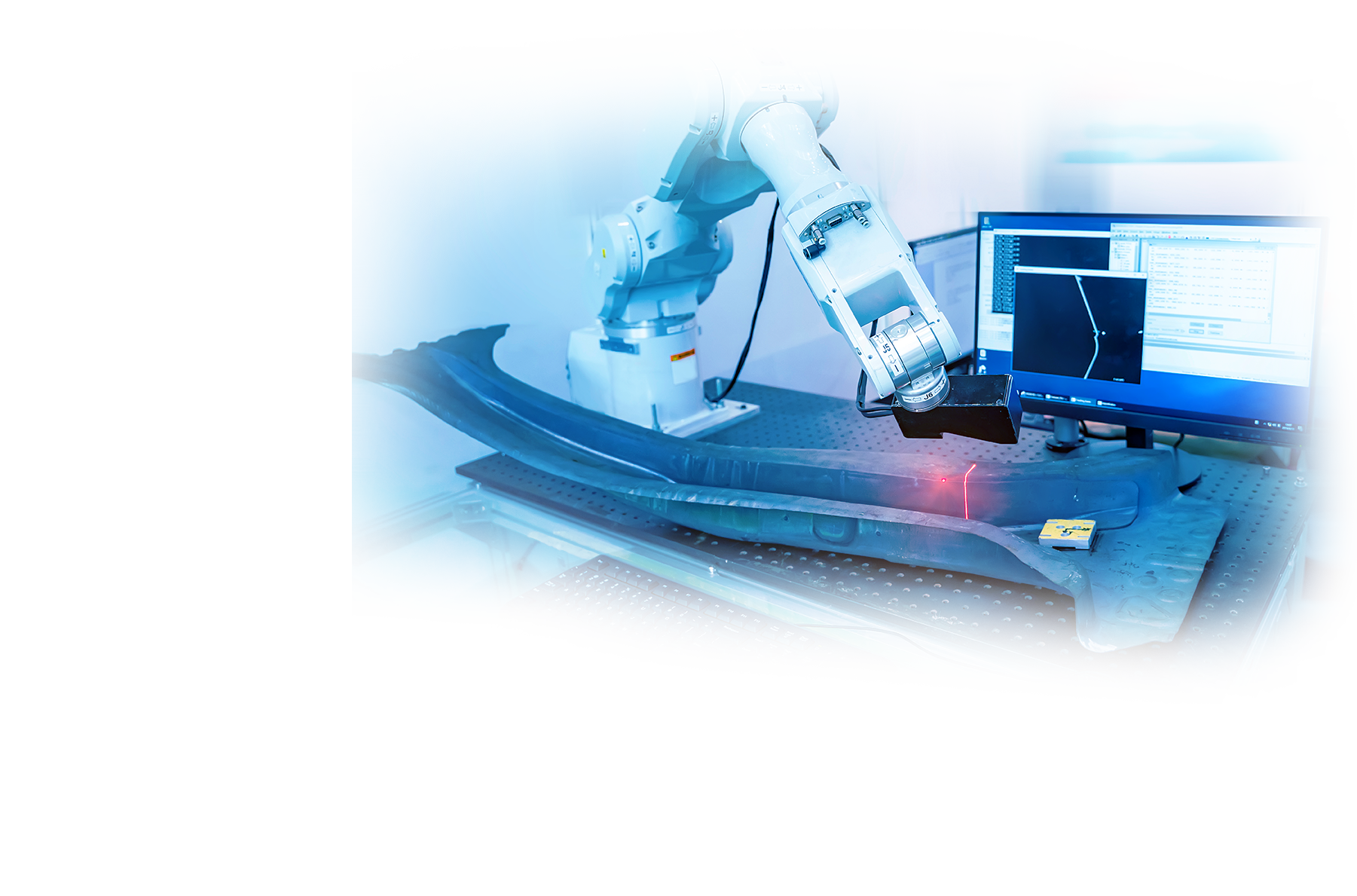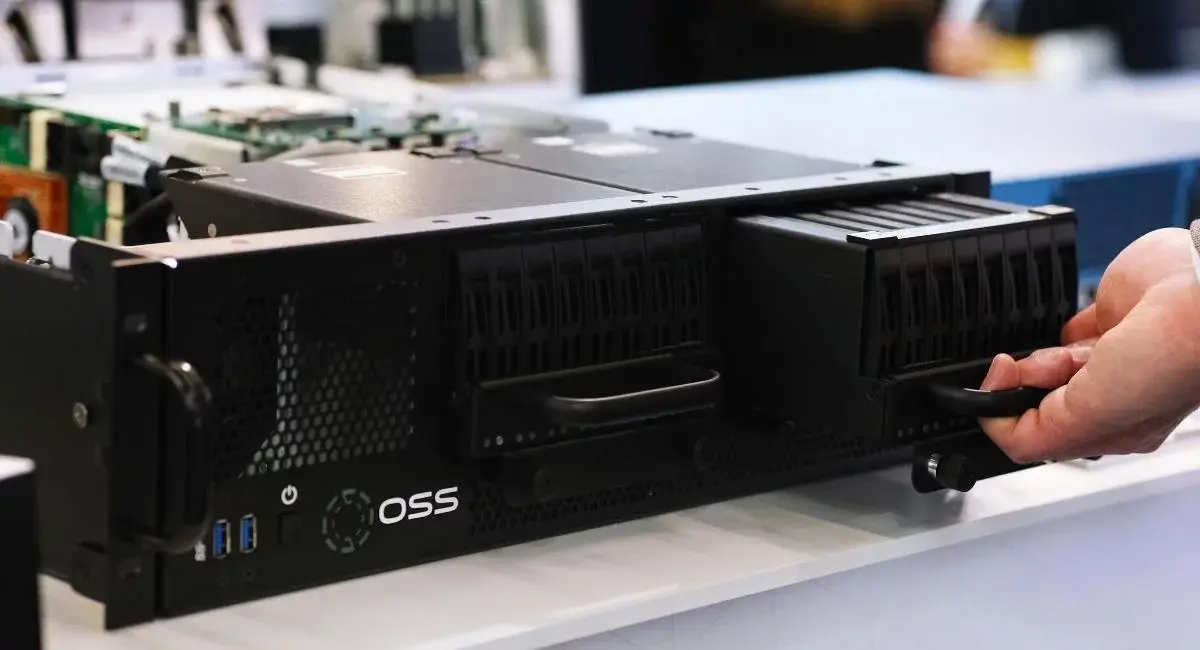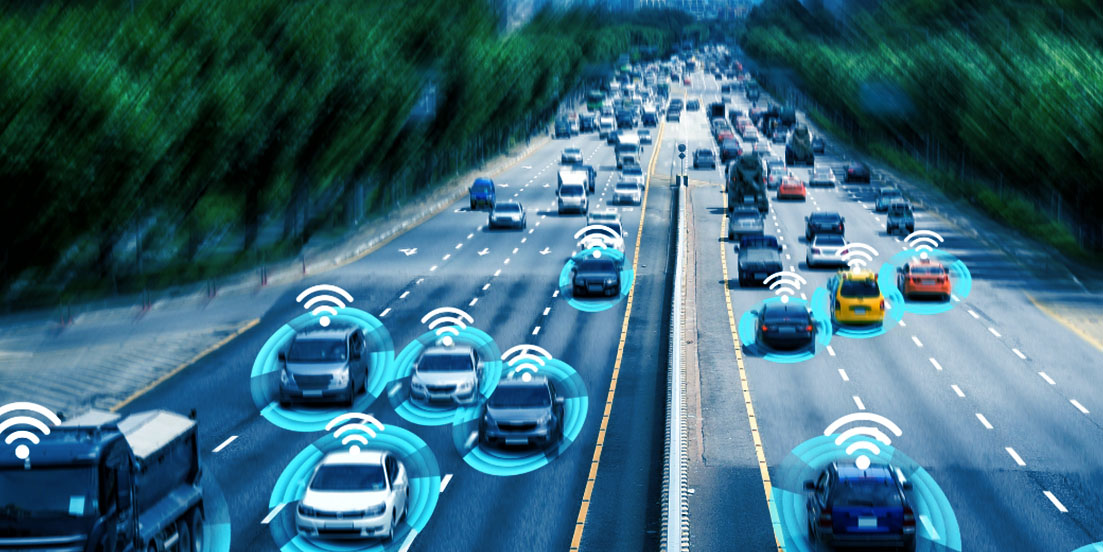12/01/2024 - Branch News
Does Embedded Vision own the future in image processing?

Embedded Vision vs. Machine Vision
The upcoming blog post will compare Embedded Vision systems with Machine Vision solutions and illuminate their potential impacts on the future of image processing.
In recent years, there has been an increase in demand for modern IoT applications, leading to a variety of embedded solutions. These involve incorporating small computing units into overarching systems to reduce space and costs for specific tasks. These computing units are referred to as Embedded Systems. When camera technology is additionally integrated, it is termed Embedded Vision. These systems are capable of autonomously capturing and processing images simultaneously. They are more compact and cost-effective compared to traditional Machine Vision systems.
Where do the differences lie?
Embedded Vision describes fully integrated systems capable of independently capturing images, processing their data directly, and interpreting them. Using artificial intelligence, the system can make autonomous decisions and take actions to accomplish a specific task on its own.
In contrast, Machine Vision involves capturing data streams through a camera and processing them separately on an industrial computer using image processing software. The workflow does not occur directly at the source, and human intervention may be required to interpret the data, for example, in assessing situations from surveillance footage.
Advantages and applications of Embedded Vision
Embedded Vision systems are not only cost-effective but also space-saving and lightweight compared to traditional image processing systems. Additionally, embedding them in a single system reduces power consumption, and their compact design allows for the implementation of intelligent applications both stationary and mobile. The applications of Embedded Vision extend across a wide range of industrial applications, such as the use of drones for process monitoring, quality and process control, and assembly tasks in factories. In the consumer sector, this technology is used, for example, in smart homes or household appliances such as vacuum cleaners or lawn mowers.

The future of Embedded Vision
As with any image processing system, the advantages and disadvantages of Embedded Vision must be considered. The combination of autonomous data capture and image processing in a single system makes the technology particularly valuable in spatially restricted application areas. Although a space-saving all-in-one system may initially sound like a panacea for image processing, there are potential drawbacks. In terms of performance, image processors generally lag several years behind traditional Machine Vision solutions. Additionally, the development and integration costs of these systems are usually higher as the devices need to be individually equipped, and the programming of the software is often more extensive than with Machine Vision systems.
Nevertheless, the high variety of design options for embedded systems provides a sustainable basis for the industrial automation of Industry 4.0 and the networking of Internet of Things environments. At the same time, the boundary between Machine and Embedded Vision is shrinking and will open even more application areas in both industry and everyday life in the coming years.
More articles

Mar 19, 2025 11:51:08 AM Entdecken Sie, wie maßgeschneiderte Hardwarelösungen und mobile Rechenzentren Unternehmen dabei unterstützen, ihre IT-Infrastrukturen flexibel und effizient an spezifische Branchenanforderungen anzupassen.

Sep 2, 2024 12:48:54 PM Find out how innovations are revolutionizing public and private sectors and turning cities into intelligent, sustainable smart cities.

Sep 2, 2024 12:46:16 PM Find out how innovative IoT solutions are revolutionizing connectivity in the transit sector and ensuring greater efficiency and safety.

Want to stay up to date?
- Then sign up for our newsletter!